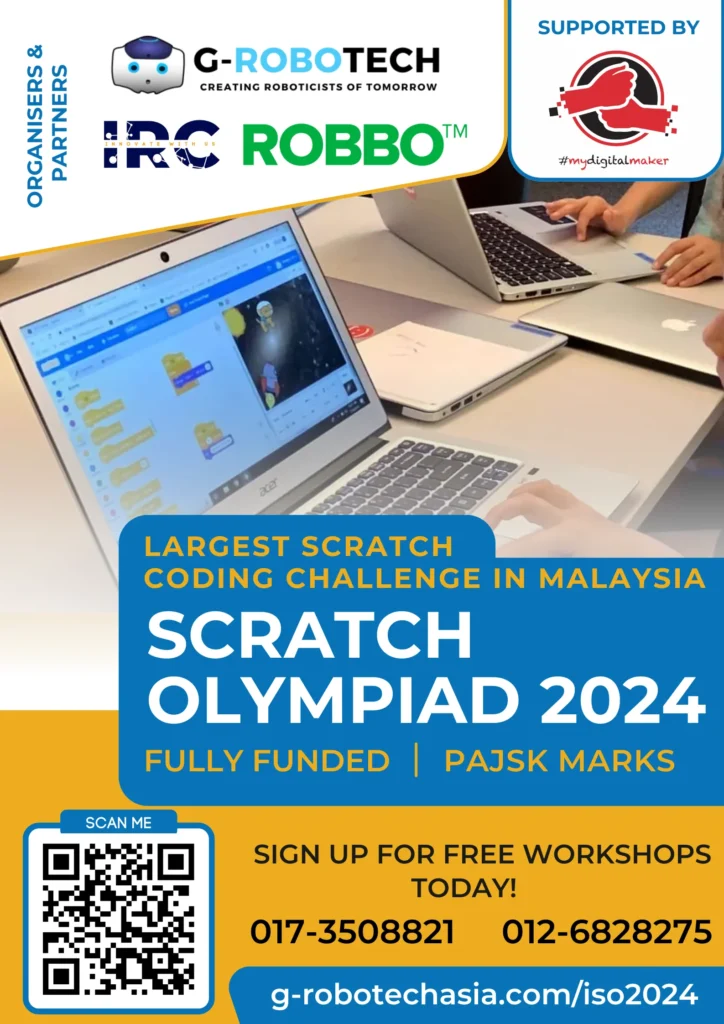Why Do Students Need to Learn STEM Education or Robotics?

STEM lessons are extremely important for students as they prepare to enter the 21st-century workforce. Through robotics, students can learn more than just how to code. They can learn skills in leadership, community involvement, communicating across different technology platforms, finding their passions, and teamwork, which will position them for success well beyond their school years.
What is STEM?
STEM stands for science, technology, engineering, and mathematics. STEM is important because it pervades every part of our lives. Science is everywhere in the world around us. Technology is continuously expanding into every aspect of our lives. Engineering is the basic design of roads and bridges but also tackles the challenges of changing the global weather and changes to our homes. Mathematics is in every occupation, every activity we do in our lives. By exposing students to STEM and giving them opportunities to explore STEM-related concepts, they will develop a passion for it and hopefully pursue a job in a STEM field. A curriculum that is STEM-based has real-life situations to help students learn.
Since the birth of STEM, robotics and electronics have taken a central place in the practice of STEM education. One can easily say that one of the best fields out there that can be an intersection of modern science, technology, engineering and mathematics is Robotics. Today, we look at Robotics from a STEM point of view and understand its subtle and not so subtle benefits
Why Robotics, Though?
1. An Intersection of all STEM fields
Robotics, as mentioned above, is simply the finest field there is which is the intersection of science, tech, engineering, and math. From designing and programming to building a machine that does its users’ bidding is something that demands highly interdisciplinary knowledge and makes the students go through a series of tasks, based on learning by doing. Robotics, involving programming and electronics, is hence an integral part of STEM which acts as an embodiment of DIY and problem-based learning.
2. Learning by Doing
Apart from a direct DIY approach, we also have something which every DIY enthusiast goes through- learning from mistakes. Be it from the perspective of debugging, solving issues relating to the physical model of the bot, or simple tightening the screws; the creator makes many mistakes and correcting them is indeed an important aspect of the learning curve. Say for example a small line following a robot made can have issues in the logic of the code, the hardware, the setup and whatnot. This makes it important for students to look for errors and solve them, on their own. This in its own right is something that can make better problem solvers than what a conventional education brings to you.
3. Robotics and the Interdisciplinary Edge
For many students who are not exactly inclined to the fields of engineering and technology, robotics is indeed a plus. Learning programming in this ever fast developing world makes it important to learn how to understand a machine. A doctor who knows his equipment is always better than one who doesn’t! This makes STEM’s robotics important at the elementary level, where students can learn the basis of electronics, programming and robotics.

